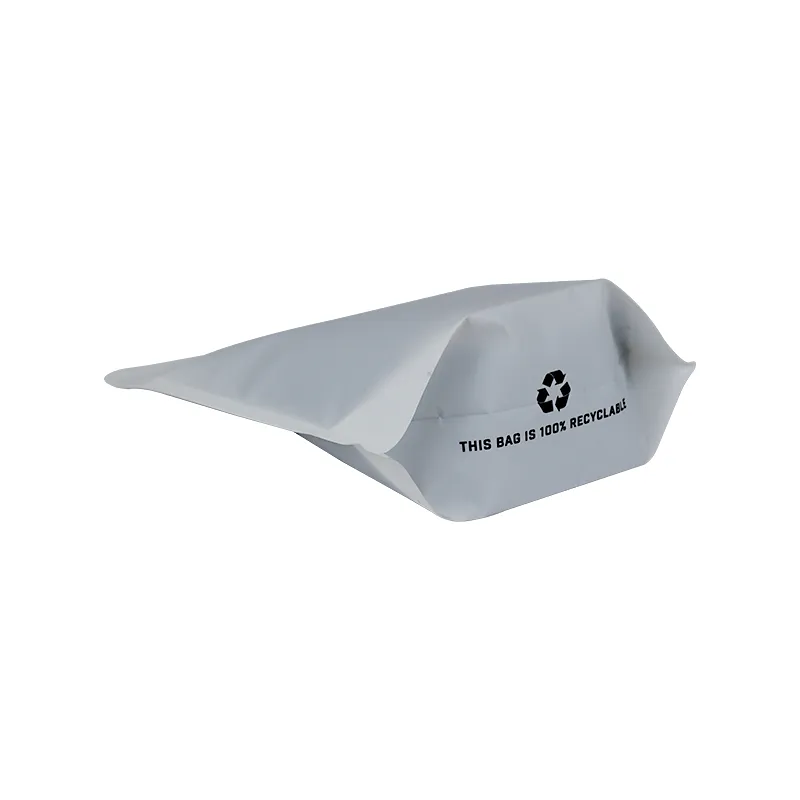die-cut meaning
Understanding Die-Cut Definition, Process, and Applications
In the world of manufacturing and design, “die-cut” refers to a process that shapes materials into specific forms using a die. This method is widely used across various industries, from packaging to label making, due to its precision, efficiency, and versatility. In this article, we'll delve into the meaning of die-cut, how the process works, and its diverse applications.
What is Die-Cutting?
At its core, die-cutting is a process wherein a material—be it paper, cardboard, plastic, fabric, or even metal—is cut into predefined shapes using a sharp metal blade known as a die. The die is designed to create intricate shapes that can be repeated consistently. Depending on the complexity of the desired design, die-cutting can be performed using either manual or automated machines.
The Die-Cutting Process
The die-cutting process generally involves a few key steps
1. Designing the Die The first step is to create a digital design of the shape you want to cut. This may be a simple design, like a rectangle, or something more elaborate, like a detailed logo or pattern.
2. Creating the Die Once the design is finalized, a die is manufactured. The die is typically made from steel and can be customized to match the specific shape needed for the project. The die is mounted onto a machine that will perform the cutting.
3. Cutting the Material In the next stage, the chosen material is fed into the die-cutting machine. The machine then applies pressure to the die, enabling it to slice through the material and produce the desired shape.
4. Finishing Touches After the material has been cut, it may need additional finishing touches, like embossing, printing, or lamination, depending on its intended application.
die-cut meaning

Applications of Die-Cutting
Die-cutting has a vast range of applications across different industries, making it an invaluable technique.
1. Packaging One of the primary uses of die-cutting is in the packaging industry. Custom-shaped boxes, inserts, and containers are created to ensure that products are not only protected but also presented attractively. This is especially important in retail, where packaging can influence consumer choices.
2. Labels and Stickers Die-cutting is frequently employed to produce custom labels and stickers. The precision of the die-cutting process ensures that even the most intricate designs adhere perfectly to the intended surfaces.
3. Crafts and Scrapbooking In the crafting community, die-cutting has become exceptionally popular. Crafters use die-cut machines to create layers and shapes for scrapbooks, greeting cards, and other art projects. This allows for creativity without the labor of hand-cutting each piece.
4. Textiles Die-cutting isn't limited to paper products. The fashion and textile industries utilize die-cutting to create unique patterns and shapes in fabrics. This technique allows designers to easily cut intricate designs, enhancing the aesthetic appeal of garments.
5. Signage Die-cutting is also employed in the production of signage. Businesses often use die-cut letters and logos to create striking signs that are eye-catching and professional.
Conclusion
In conclusion, die-cutting is a fundamental process that has transformed how products are designed and manufactured. Its ability to create precise shapes efficiently makes it a popular choice across various industries. Whether you’re looking to package goods, create custom labels, or explore your creative side in crafting, understanding die-cutting is essential to unlocking a world of possibilities. As technology continues to evolve, the die-cutting process will likely advance, promoting new applications and enhancing existing ones, ultimately shaping the future of design and manufacturing.













